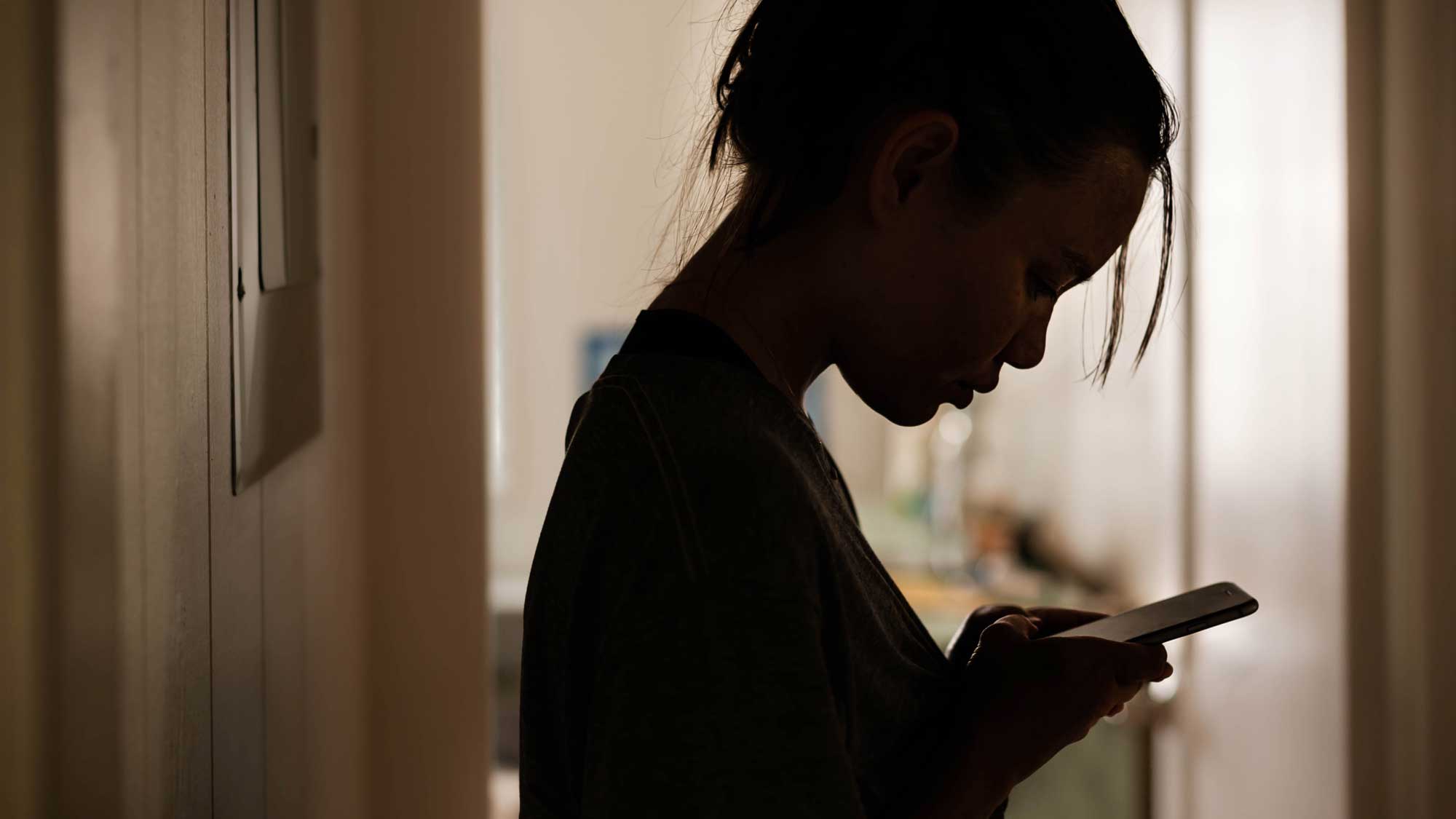Typically, treatment for Bipolar Disorder involves a combination of psychotherapy and medication.
Bipolar disorder is a type of mood disorder that affects all areas of life, including your mood, energy level, attention, and behaviors. While there is no cure for the disorder, the symptoms are very treatable. The sooner you seek treatment after developing the disorder, the greater your chances are for learning to manage it effectively. However, it’s never too late to explore treatment options for the condition. Bipolar disorder is a chronic condition, meaning it lasts for a lifetime. Therefore, even if depression lifts or mania subsides, they will return if the disorder isn’t treated.
Most people find that treating the symptoms of bipolar disorder requires a combination of medication, psychotherapy, and psychoeducation. Sometimes substance use treatment, intensive outpatient programs, and hospitalization are necessary as well. Each of these treatment components will be described in further detail below.
Medication
Medication is an important part of treating bipolar disorder and stabilizing moods. Here are some common categories of bipolar disorder medication you may be prescribed:
- Mood stabilizers – are prescribed to treat manic or hypomanic episodes.
- Antidepressants – are prescribed to treat depressive episodes.
- Antipsychotics – are sometimes prescribed to treat mood episode symptoms in addition to other medications.
It’s important to remember that it may take several tries before you find the medication that works best for you. Report all side effects to your doctor as soon as you can, and consult with them before you discontinue medication. You should not experiment on your own with dosages or discontinue medication as soon as symptoms subside, because this will increase the risk of mania or depression returning. Also, because some antidepressants have suicidal thoughts as a side effect, talk to your doctor or a medical professional immediately if you experience any.
- Psychotherapy and psychoeducation – also known as talk therapy or counseling, psychotherapy can provide valuable time for an individual to learn and practice effective strategies for coping with the disorder and managing symptoms. Cognitive behavioral therapy can help an individual challenge negative thinking patterns and the behaviors that follow. Family therapy can help family members learn to communicate calmly and effectively and reduce overall stress in relationship systems. Psychotherapy can also provide valuable psychoeducation for problem-solving, developing self-care habits, and building resilience.
- Outpatient treatment – Day treatment programs provide individual and group interventions, case management, medical support, and peer support for people living with a mental illness. They also can provide important psychoeducation on topics such as medication management, symptom management, substance abuse recovery, and daily living skills.2 Many day programs also provide vocational and housing support for people who have additional needs.
- Inpatient treatment – Inpatient treatment in a hospital or long-term care facility may be necessary when your mood is particularly unstable or if you are experiencing psychotic or suicidal thoughts or behaviors. The goal of inpatient treatment is to stabilize your mood and connect you with the needed outpatient support that can reduce frequency or duration of future hospital visits.
- Dual Diagnosis treatment – Roughly 56% of people with bipolar disorder also will experience a drug or alcohol use disorder in their lifetime.3 If you have a personal or family history of substance abuse, then you might benefit from treatment that focuses on both substance use and bipolar symptoms. When seeking treatment for substance use and bipolar disorder, you first may need to seek immediate medical attention to address the withdrawal symptoms of drugs or alcohol.
Where Do I Start?
The first step in treating bipolar disorder is receiving a proper diagnosis. Medication and other treatments may vary depending on whether you have Bipolar I Disorder, Bipolar II Disorder, or Cyclothymic Disorder, and whether you have a history of substance abuse.4 Your doctor can make recommendations for psychiatrists, counselors, and other mental health professionals who can provide effective treatment for your mental health.
It’s also important to remember that mood symptoms won’t simply vanish forever, so don’t put off getting help just because you feel better. When you’re experiencing a stable mood, that can often be the most effective time for building support and finding effective medication to manage future episodes of mania or depression. If your mood feels unstable, and you’re experiencing delusions, hallucinations, or thoughts of suicide, then seek help immediately. You can call the National Suicide Prevention Lifeline at 1-800-273-8255, simply walk into an emergency room, or call a loved one for help.
Bipolar disorder is treatable, and moods can be managed. So don’t hesitate to take steps today to recruit the best support and find the best treatment for your bipolar disorder.
Reposted from Psycom.net






